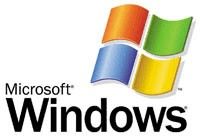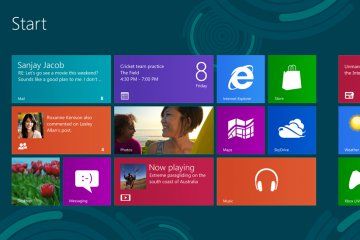Bill Gates and Paul Allen founded Microsoft in 1975 as the classic "garage start-up." They were part of the first leap towards personal computing with a difference. While Apple founders Steve Jobs and Steve Wozniak built both a machine and software (the computer code that gives the computer the ability to do the things it does) in it, Microsoft only developed software.
Another key difference between Microsoft and other "garage start-up" computer companies was that neither Gates nor Allen held illusions about the business world. Many of their peers were hobbyists and acolytes of the "Home Brew Computer Club," which resembled a 1960s era "rap session" instead of a business association. Gates and Allen (along with Steve Balmer) were running a commercial enterprise in a competitive market. If there was a competing product, then they had two choices: buy it or destroy it. Their first conquest was also their biggest: DOS (Disk Operating System).
To make a long and dramatic story short, IBM was building its first personal computer and needed an operating system to run it. The company approached Microsoft, thinking that it had one available. But Microsoft didn't make operating systems -- they just wrote computer languages. Bill Gates directed them to the makers of CPM, which was the reigning OS (Operating System) at the time. The culture clash between the IBM suits and the groovy style of the CPM manufacturers threatened to send the IBM PC into the dustbin of history...until Microsoft came to the rescue.
In what would become a typical move for the company, Gates and Balmer bought an OS for $50,000, which they in turn licensed to IBM for $80,000. Even in the early 1980s, $80,000 wasn't very much money. So what was Gates thinking? It turns out that he was thinking far ahead. He said as much when interviewed for the PBS series "Triumph of the Nerds": "the key to our...deal was that IBM had no control over...our licensing to other people."
Microsoft realized that the IBM PC was going to create a mass market for personal computers. Gates gambled that the business cycle would follow the mainframe model and spawn clones. Out of necessity, these clones would be obliged to pay Microsoft any price to use DOS, which meant that the company was the gatekeeper that PC makers had to pay to compete in the personal computing world.
It worked.
From that moment on, Microsoft would out-fox, bully, best and co-opt all comers. It was simply a matter of finding new ways to reproduce the business model and the revenue it generated. Microsoft's shift from DOS to the Graphical User Interface (GUI)-based Windows operating system completed the cycle.
Next, we'll discuss how Windows came about and why Microsoft broke with IBM.





